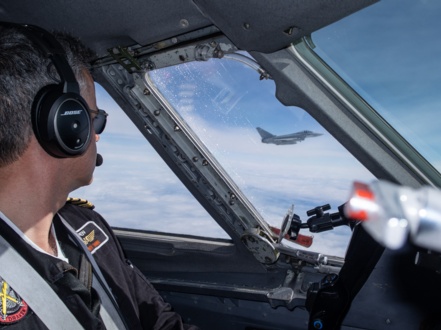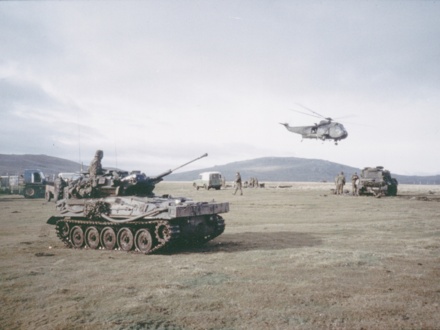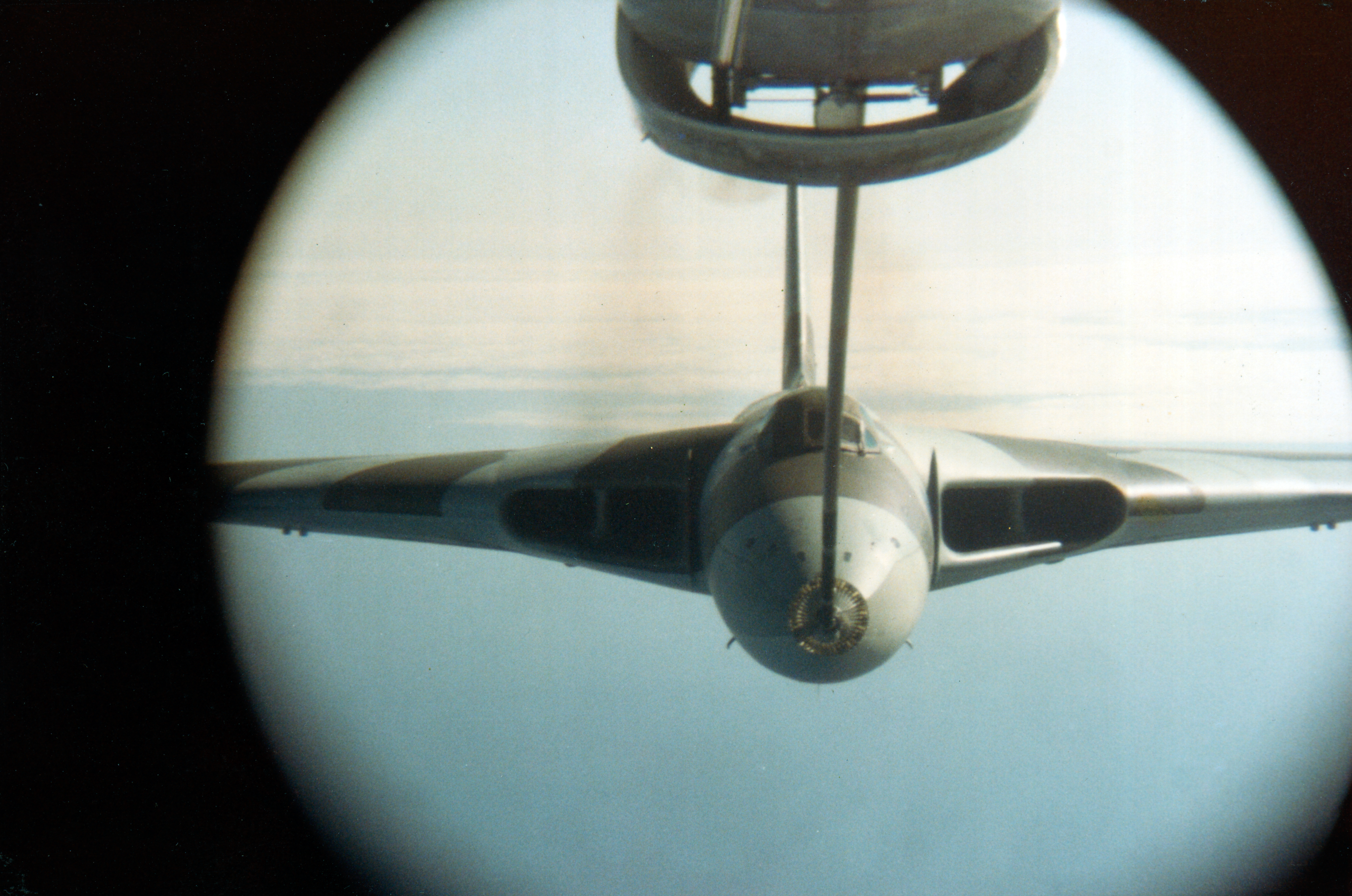
The Royal Air Force is commemorating the anniversary of Operation BLACK BUCK which started 40 years ago.
On the 1st May 1982, during the Falklands conflict, the RAF began a series of extremely long-range bombing missions using Vulcan bombers from RAF Waddington. These missions were known as Operation BLACK BUCK.
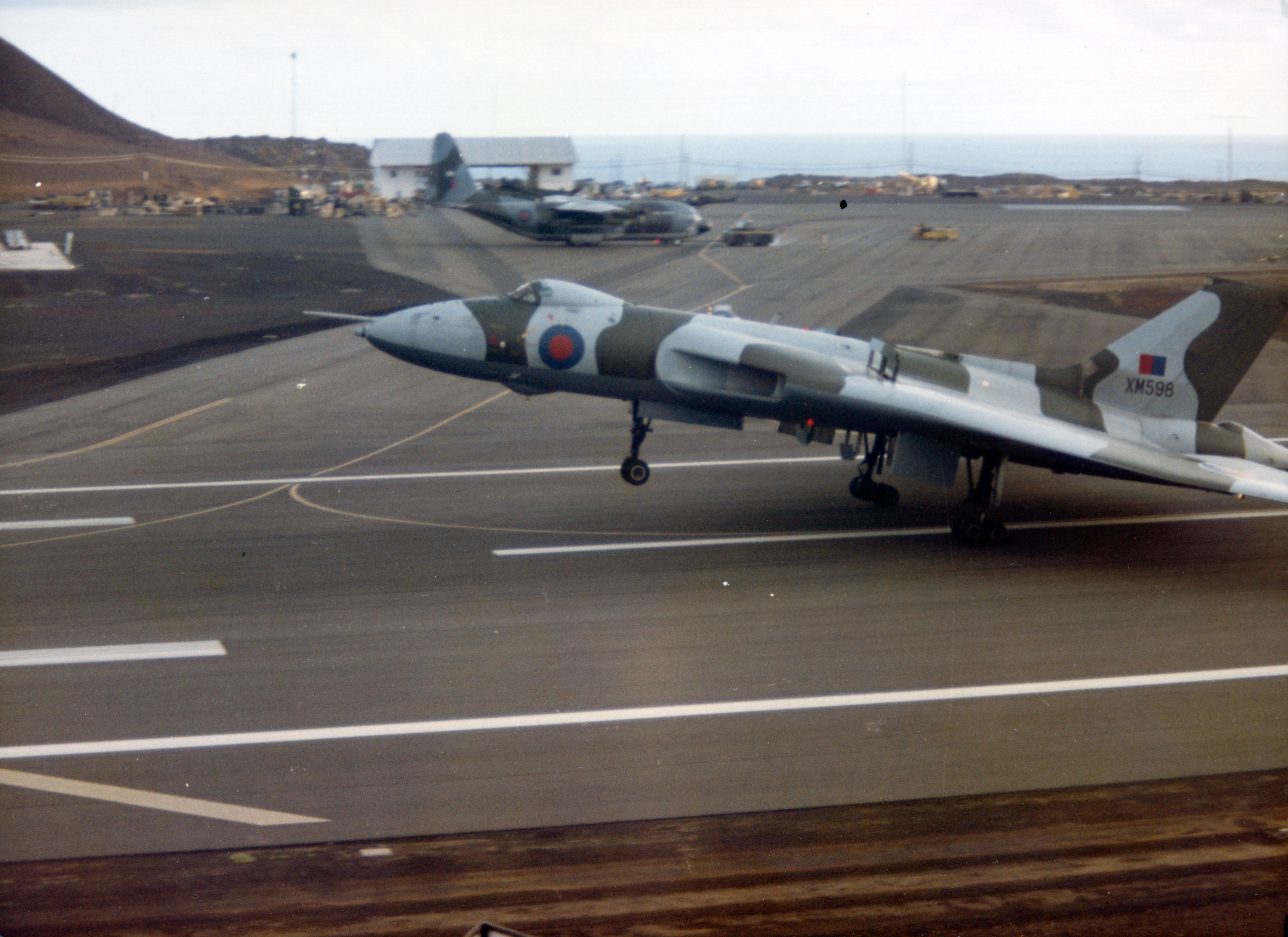
Each mission took off with two Vulcan bombers and up to 11 Victor tankers. The Victors were to provide air-to-air refuelling while the second Vulcan was there as a reserve in case of any issues with the primary bomber after take off.
The first mission departed from Wideawake Airfield, Ascension Island in the middle of the Atlantic Ocean on the evening of the 30th April 1982 and took approximately 16 hours to complete, travelling almost 6,600 nautical miles. Not long after take off, however, the primary Vulcan experienced problems and had to return meaning the reserve aircraft, piloted by Martin Withers, took over.
After travelling over 3,000 nautical miles and with air-to-air refuelling taking place a total of 14 times, including seven times for the bomber, the Vulcan arrived at Port Stanley on the 1st May 1982 and dropped 21 1,000-pound bombs with one bomb causing damage to the runway.
The RAF carried out seven Black Buck missions in total, although only five were completed, but the success of them meant that British forces demonstrated they could penetrate Argentine air defences with the Vulcan bombers.
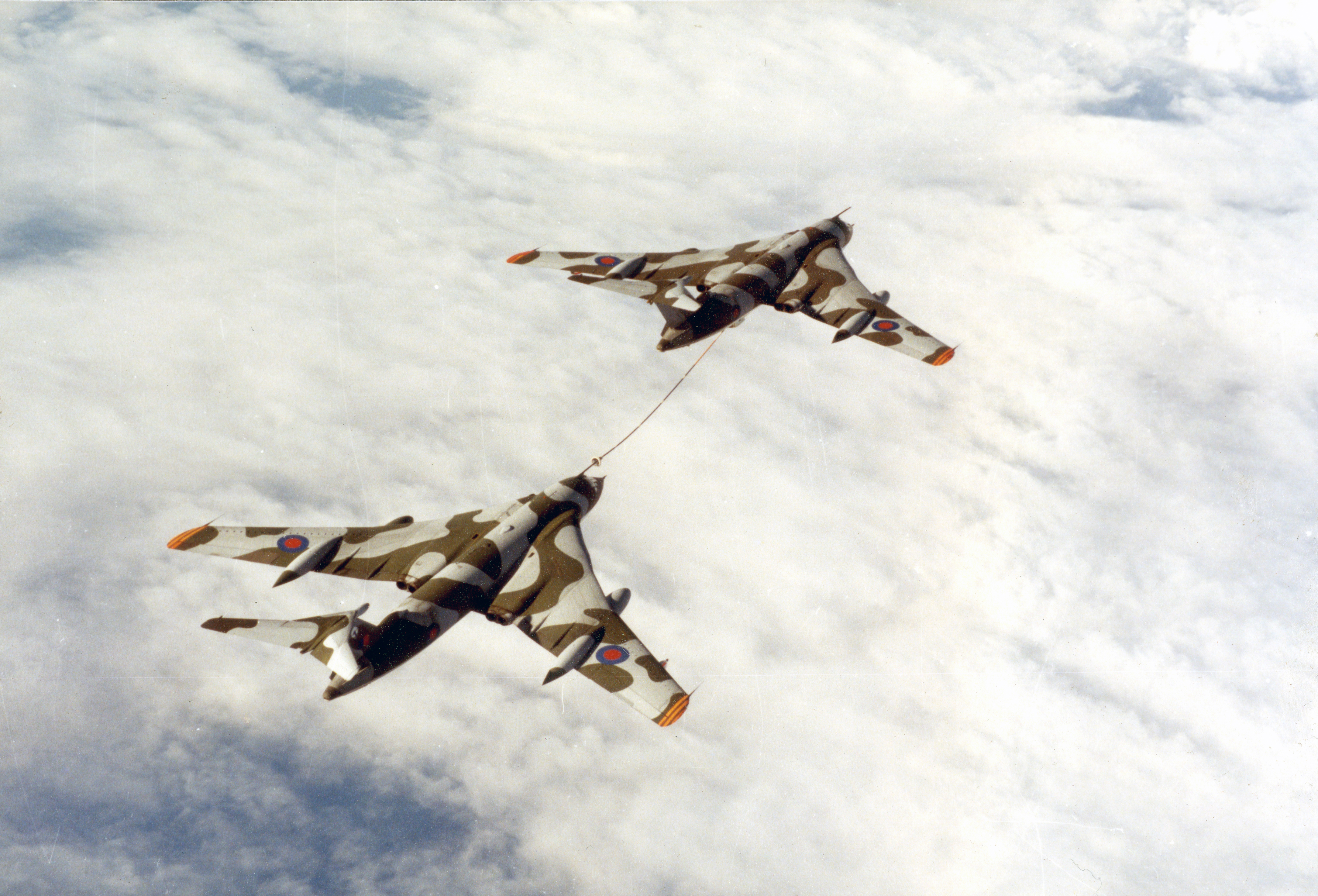
It had the desired effect to prevent and/or reduce fast jet usage at Port Stanley as the Argentine forces could not risk keeping its aircraft on the islands if they could be destroyed while on the ground. As well as this, Prime Minister at the time, Margaret Thatcher’s rhetoric after the missions meant fears grew that Argentina could potentially be a threat to bombing raids from the Vulcan. This then led to Argentine forces withdrawing their Mirage IIIs from operations over the Islands in order to protect the mainland, thereby giving the British ground attack Harriers a safer airspace.
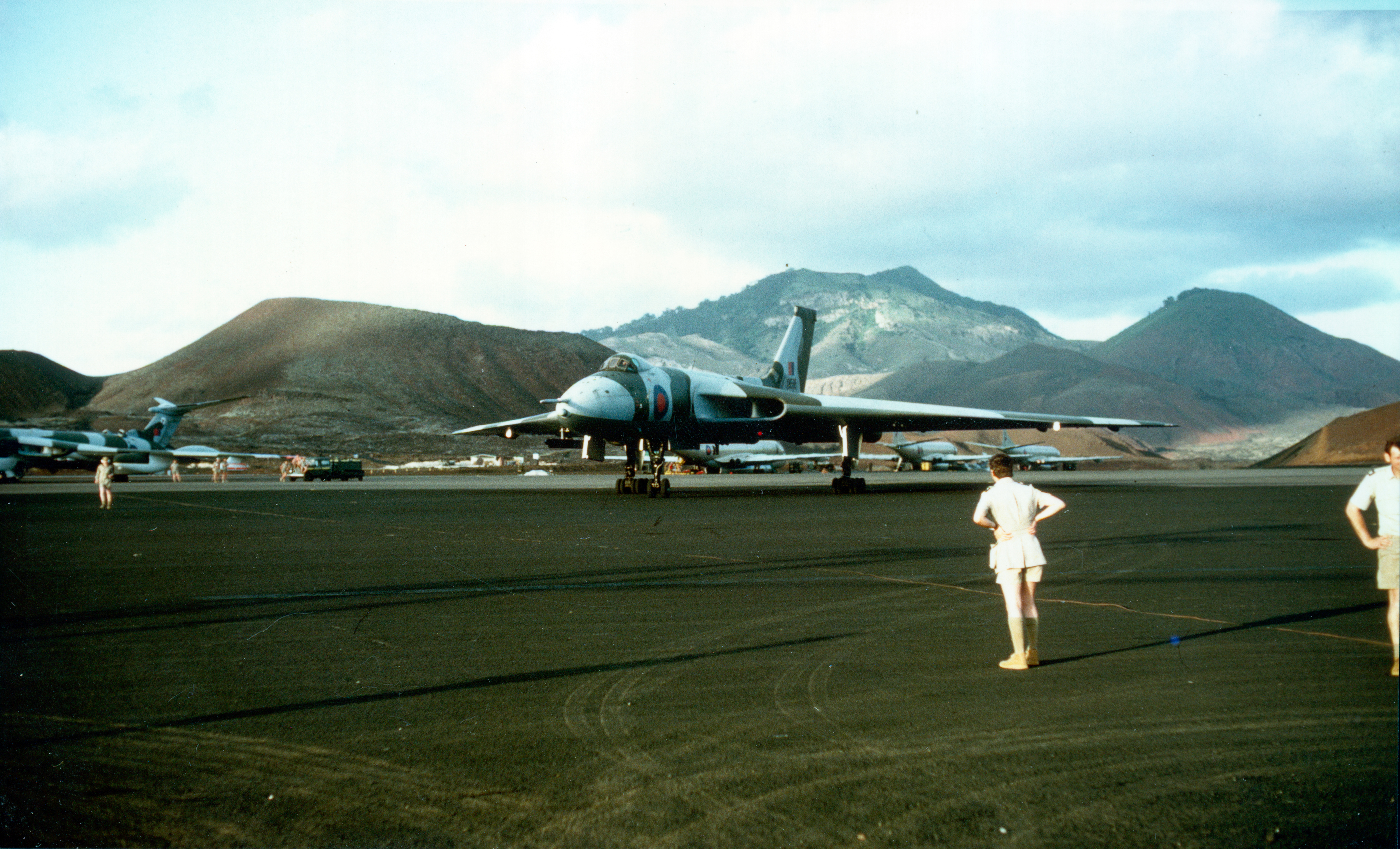
Operation BLACK BUCK Pilot remembers
On the 1st May 1982 an audacious RAF plan came to fruition and became, at the time, the longest bombing mission in history - and one of the luckiest.
"It was so important to put Port Stanley runway out of action. If aircraft such as the Skyhawks could have refuelled at Stanley they could have used it as a forward operating base to fly out and hit our ships.
At around 11pm on the 30th of April, we took off from Ascension on time and at one-minute intervals. It was full power and into the dark, no radio calls. I remembered that only three weeks earlier we’d been told we were going to get involved in the South Atlantic."
Martin Withers
Former Vulcan Pilot
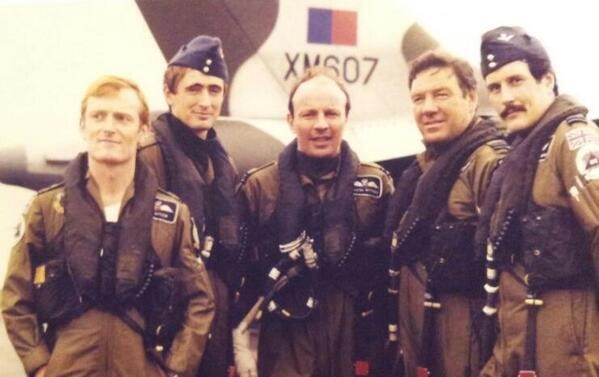
Denying the use of the runway at Port Stanley Airfield to Argentine fast jets was a priority to protect the UK fleet from air attack. The only suitable RAF aircraft to carry out such a long-range mission to the Falkland Islands was the Avro Vulcan, an out-dated Cold War nuclear bomber.
In early April of 1982 Flight Lieutenant Martin Withers, a Vulcan pilot, was told he and selected crews were needed for Operation CORPORATE, the campaign to retake the Falkland Islands. They underwent last-minute training in air-to-air refuelling and conventional bombing techniques then flew to Ascension Island.
He was the thirteenth aircraft to take off from Ascension, behind the controls of what had been planned as the ‘spare’ bomber – Vulcan XM607. Martin and the crew were only expecting a four-hour flight as the reserve aircraft before returning to Ascension, but within a few minutes there was a fault with the primary Vulcan’s pressurised window seal and it had to turn back.
"Suddenly we realised we were the ones who were expected to fly all the way down and bomb Stanley airfield. This came is a bit of a shock to us but we were prepared, we had done all the briefings, the training and one great thing was that we had a refuelling instructor, Dick Russell, sitting with us on the aircraft in the co-pilot’s seat."
The plan was that the Victor tankers would refuel each other while topping up the Vulcan. Unknown to Martin, one of the Victor tankers had broken a fuel probe while refuelling in atrocious weather, causing a breakdown in the fuel chain. The mission was in danger of failing.
"The refuelling was going fine for me but unknown to us was that things were going wrong with the Victors, and the Vulcan was consuming for more more fuel than was otherwise planned. We didn’t know it but the Victors were returning to Ascension very short of fuel and it was not until right towards the end of the journey, having been flying for something like seven hours, when we discovered that the tanker that was supposed to give us fuel had nowhere near enough to give us to allow us to go all the way, do the bombing and return to rendezvous with other tankers and get us home."
The last tanker, flown by Bob Tuxford, had to call for a fellow Victor to come out from Ascension and meet him to get his aircraft back safely, all the while facing the prospect of bailing out rather than ditching in the sea. It had taken 11 tankers and 15 fuel transfers to get Vulcan XM607 within striking distance.
"We were 45 minutes from the target. I was flying at 300 knots about 500 feet above the sea. I could see the sea. It was a moonlit night with very little cloud around. It was all quite unreal."
Martin dropped the aircraft to 300 feet as he approached the islands. However, he was so low the navigation radar the crew used to drop the bombs was not picking out the landmass ahead.
"I feared we would miss the island so I climbed slightly and when I did we could hear the Argentinian radar as it swept over us. Thankfully, we could also see the terrain ahead now and dropped back to 300ft.
As we got closer I started to climb to the bombing height of 10,000ft to get an accurate angle on which to bomb. We could see the airfield which had its lights on, so it was pretty obvious that we weren’t expected. The biggest threat were the Oerlikon 35mm radio-controlled anti-aircraft guns and as we got close we recorded a lock on from one of their radar. That could’ve been curtains for us."
Martin was right to fear the Argentinian anti-aircraft weapons: the twin barrels fired explosive ammunition at a rate of 500 rounds per minute. They had enormous destructive power and would make a mess of a thin-skinned Vulcan.
"We had a jamming pod which we switched on and the radar lock was broken. We think that the operator was surprised and not trigger happy. We were also transmitting an Argentinian identification code which, I think, also caused him to hesitate.
As we ran in, the bomb aimer found his aiming points and gave me final instructions. I concentrated on maintaining the correct speed and height and as we got closer we opened the bomb doors and the bombs fell away automatically. I held it steady until all the bombs had gone then we were able to get the hell out of there."
Five of the 21 bombs, each weighing 1,000lbs, failed to explode on impact but of the remaining 16, one of them hit the centre of the 150ft wide runway.
"Originally, we had planned to escape at low level in case any fighters came after us but because we were so short of fuel we immediately climbed and turned 180 degrees and headed back up North. Our initial feeling was ‘happy to be alive’ as we pulled off the target. We had successfully attacked but we did not know if we had hit the runway. We would not have put money on it. Statistically, looking at bombing averages, it was estimated we really needed 14 Vulcans to hit that runway."
The plan to have two Victor tankers to get them home was reduced to one tanker and as the Vulcan ran late the rendezvous point stretched further south.
"We were very low on fuel and when I did see the tanker we certainly did not have enough to divert to the nearest safe runway at Rio de Janeiro. Even the Nimrod who was there to help us with air-sea rescue had to leg it back to Ascension because he was low on fuel. So, it was such a relief when I saw this aircraft turning in front of me with a bright blue sky behind and the hose trailing out the back. It was the most beautiful sight in the world."
Even that last refuelling was not without mishap as a poor connection meant that the highly flammable liquid spilled out of the probe and washed across the Vulcan’s windscreen.
"We put the wipers on but were still taking some fuel on so I maintained my position. I would not withdraw and try again until I had enough to get us a third full. Then I relaxed, pulled out and went in again."
Martin and the crew were back on Ascension when they saw the aerial photographs the following day showing a crater in the middle of the airfield runway. He was awarded the Distinguished Flying Cross and the crew were Mentioned in Dispatches. Squadron Leader Bob Tuxford, the pilot of the last Victor tanker in the chain, was awarded the Air Force Cross. Martin Withers left the RAF in 1991 as a Squadron Leader.





